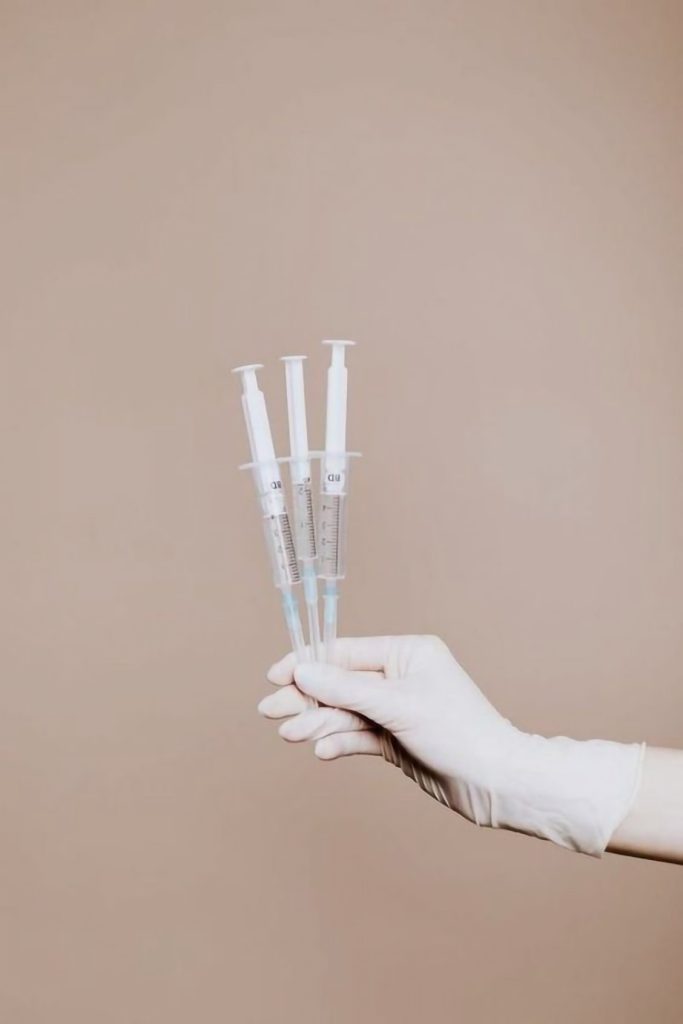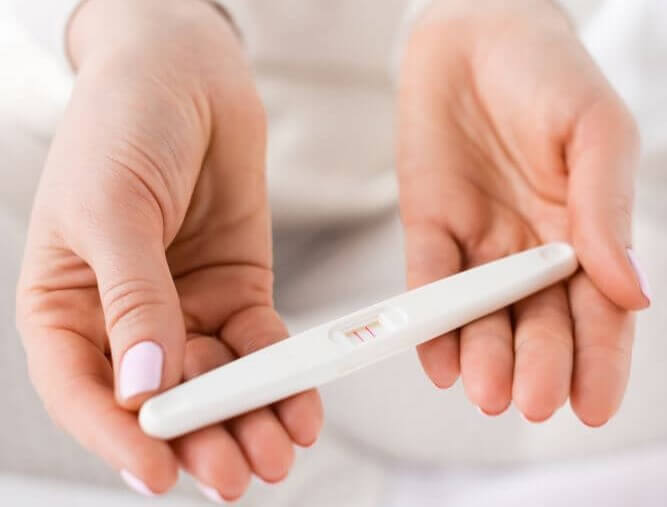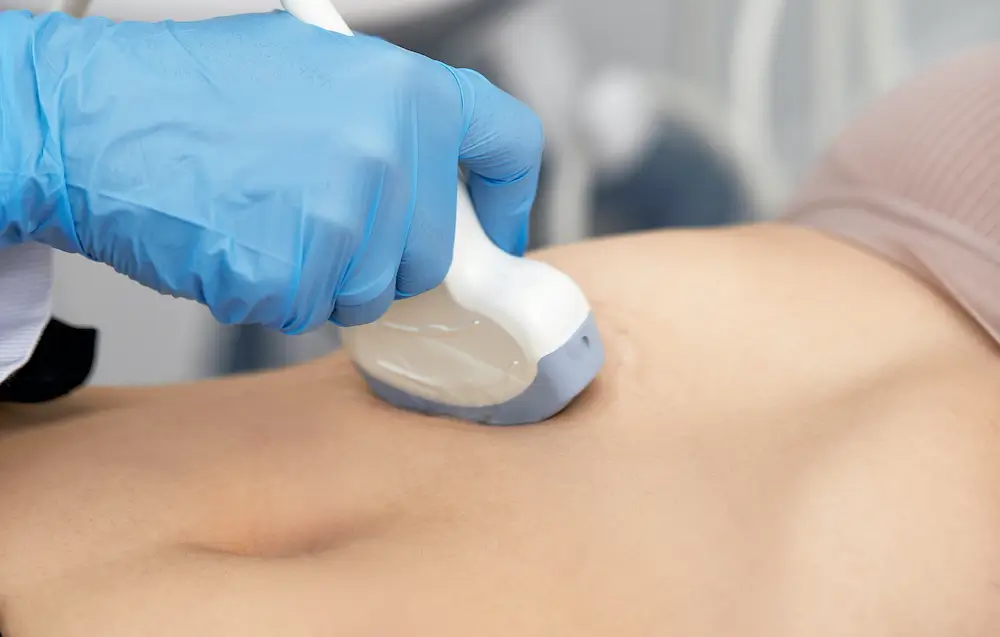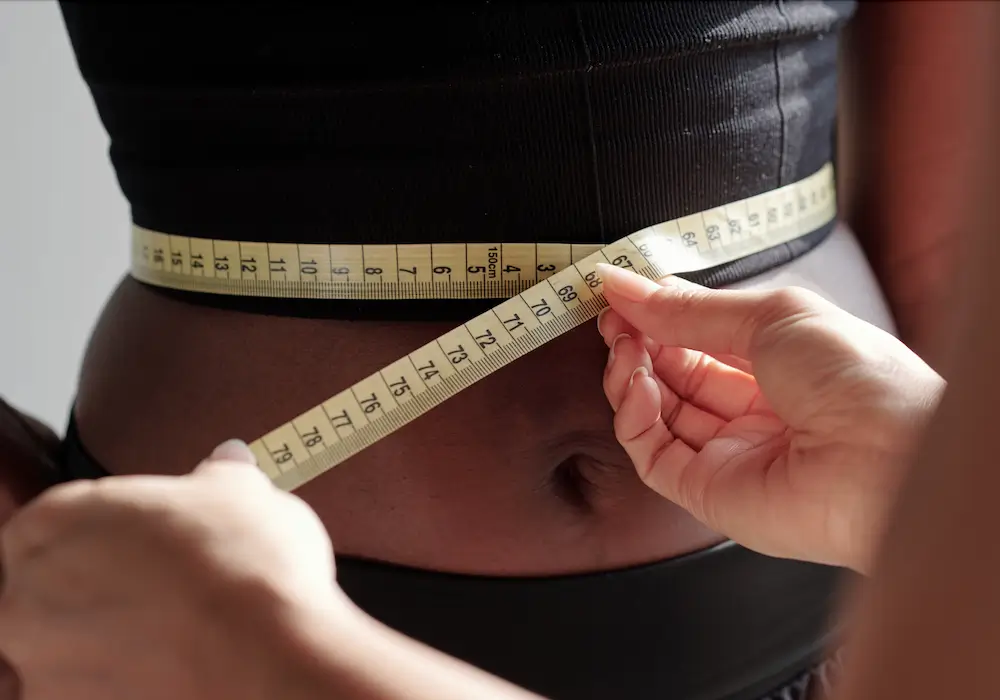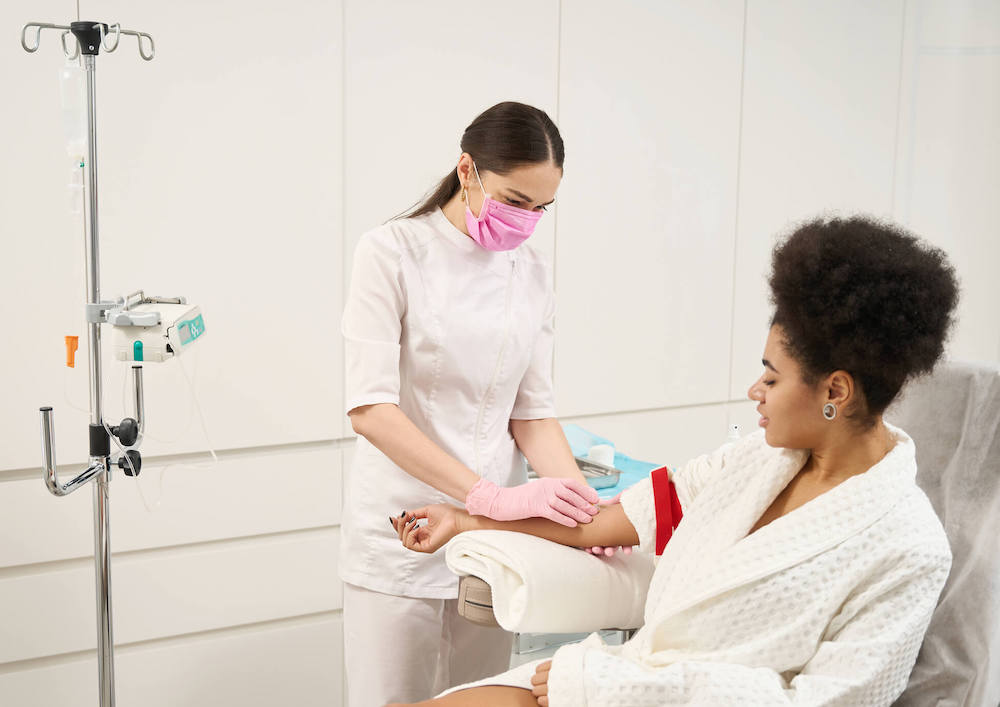As advancements in medical science continue to revolutionize treatments, the administration of medications has become more specialized. For fertility treatments that require injectable medications, such as in vitro fertilization (IVF) and egg freezing, it is important to understand the difference between the two common routes of injection.
Each method has its distinct advantages and considerations, and understanding the differences between them can help you feel more confident in following your treatment plan. Today, we will explore the contrasts between intramuscular (IM) and subcutaneous (SC) injections, focusing on their relevance in the context of fertility medications and vitamin injections.
What is an intramuscular (IM) injection?
Intramuscular injections involve delivering medication directly into the muscle. Since muscles have a very good blood supply, the medication is absorbed quickly. To reach into tougher muscle tissue, the needle may be a bit longer and wider and may be more uncomfortable than subcutaneous injections.
This method of delivery is used for most routine vaccinations, antibiotics, steroids, vitamins, and allergy shots. Some hormones, such as testosterone, medroxyprogesterone, estrogen, and progesterone may also be injected into the muscle in order to ensure proper absorption. PIO or progesterone in oil, one of the most daunting fertility injections, is also administered as an intramuscular injection. We will talk about specific ways to prepare, administer and soothe after administering a PIO shot in a future post!
Where should an intramuscular (IM) shot be administered?
Your nurse or doctor will tell you the best sites for your particular medication to be administered. Some sites may be difficult to reach if you are giving the injection yourself.
The most common sites for IM injections are:
(a) The deltoid muscle in the upper arm (location for most vaccines)
(b) The vastus lateralis muscle in the front outer thigh (large muscle with no major nerves or vessels)
(c) The ventrogluteal muscle in the hip (large muscle mass)
(d) The dorosgluteal muscle in the buttocks (most common site for PIO shots)**
**Unless instructed to do so, such as with fertility medication, it is important to AVOID the dorsogluteal muscle due to its close proximity to the sciatic nerve. Inappropriate injection in this area can cause lasting nerve damage.
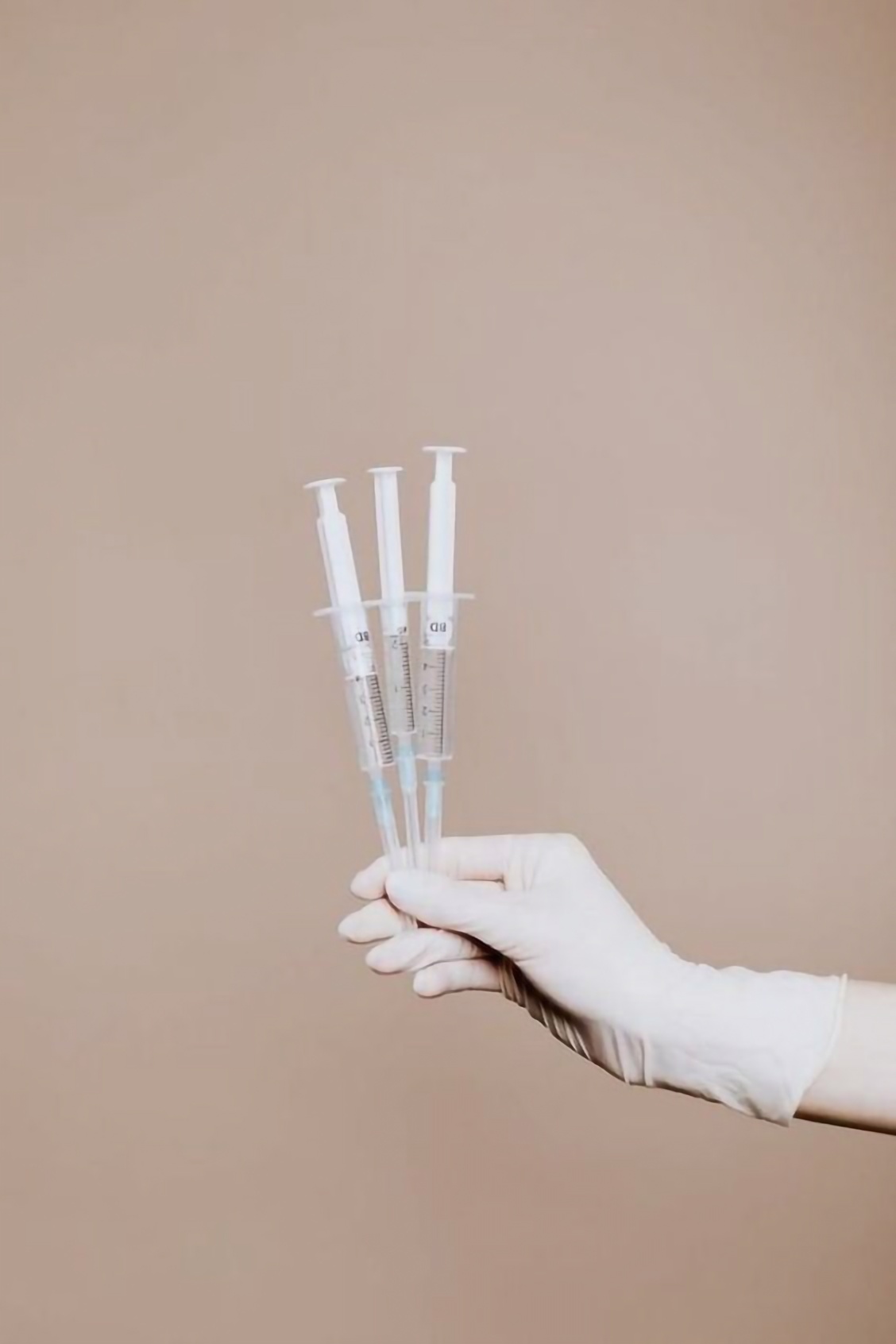
What is a subcutaneous (SQ) injection?
Subcutaneous injections involve administering medications into the fatty layer of tissue just beneath the skin. The needle used is shorter and thinner compared to intramuscular injections, which makes the process less painful. The subcutaneous tissue has little blood flow which allows medications to be slowly absorbed over time.
A majority of injectable fertility medications are administered subcutaneously. These medications may include Menopur, Follistim, Gonal F, Cetrotide, Lupron, Ovidrel, and HCG. Other medications given this way include heparin, enoxaparin (Lovenox®), insulin, adalimumab (Humira®), and many others.
Where should a subcutaneous (SQ) shot be administered?
Your nurse or doctor will tell you the best sites for your particular medication to be administered. Some sites may be difficult to reach if you are giving the injection yourself.
The most common sites for SQ injections are:
- The front outer thigh
- The upper outer arm
- The abdominal/belly area (at least an inch away from the belly button).
Depending on the circumstances, such as self-administration or the volume of liquid to inject, your doctor might suggest using the thigh or belly area. These sites are more accessible for self-injection, and injecting a larger volume of fluid into the arm may lead to more discomfort compared to the thigh or belly.
To ensure the proper administration of subcutaneous medications, it is advised to gently pinch the skin, creating a small fold. This technique helps ensure that the medication is delivered into the fatty tissue rather than the muscle.
Choosing the appropriate medication administration route for fertility medications and vitamin injections is crucial to ensure optimal treatment outcomes and comfort. Ultimately, the decision between IM and SQ sites depends on the specific medication, dosage, and preferences. By following these guidelines and seeking professional advice from your healthcare provider, you can ensure a smooth and successful medication administration process.
Alternatively, you can avoid the stress around injecting yourself and allow Your Nurse Friend to safely and effectively administer your medications for you.

